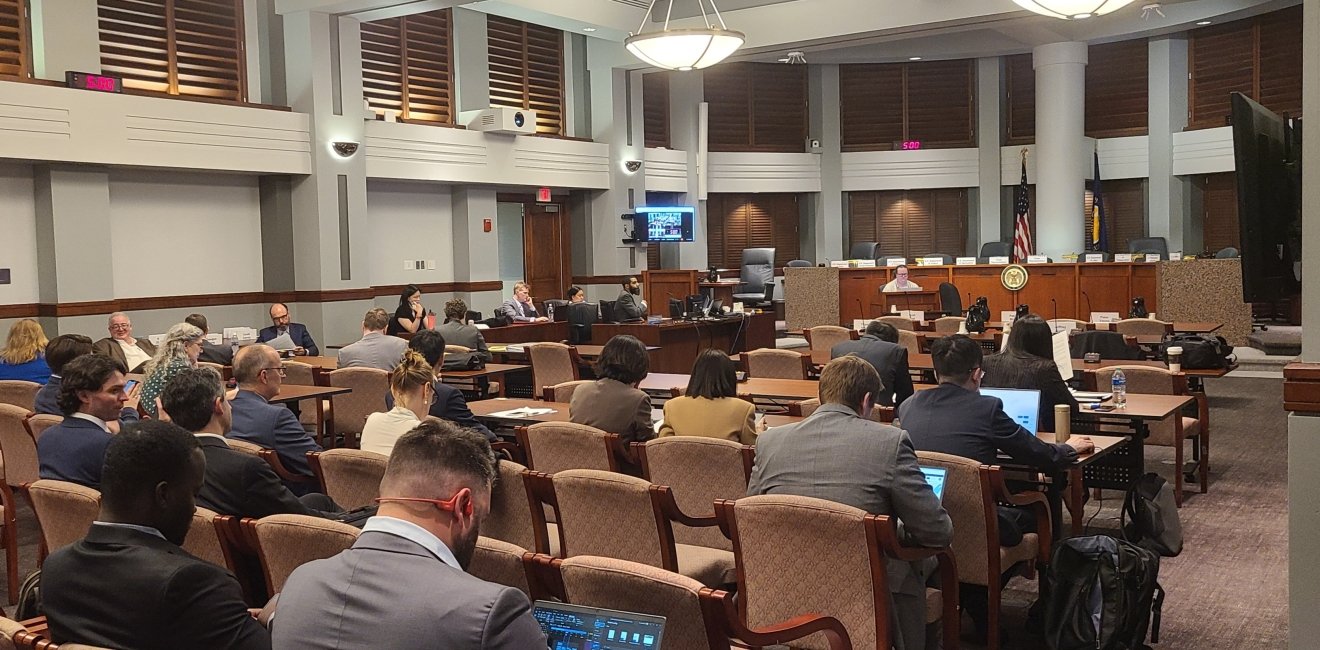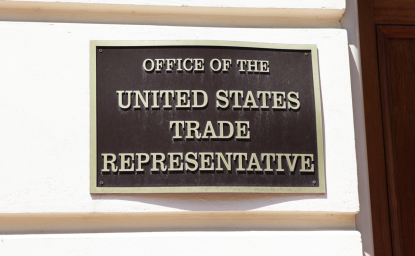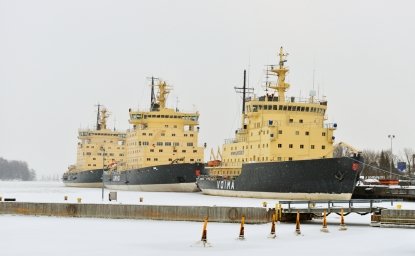America’s current maritime vulnerabilities deserve more attention. The United States has fallen behind competitors, including the People’s Republic of China, in every major area from shipbuilding to container shipping to port ownership.
Three closely related facts that illustrate the situation.
- The US depends almost entirely on foreign partners to ship commercial goods—and military equipment—around the world. Less than 1 percent of the global commercial shipping fleet flies an American flag.[i] The US does not have a shipping company among the world’s largest 20 firms, and Chinese vessels outnumber US flag ships nearly 30:1.[ii]
- America is desperately lacking shipbuilding capacity. It produces less than 1 percent of commercial ships and suffers backlogs in both commercial and military orders.[iii] China, by contrast, now enjoys an estimated 40-50 percent of the global market.
- The US owns very little port infrastructure, including the technology used to monitor shipping. Foreign companies own close to 80 percent of America’s domestic terminal capacity. And overseas, China has pursued a proactive strategy of acquiring global ports. It now has an ownership interest in approximately 100 ports linking some of the busiest sea lanes in Europe, Africa, and Latin America.[iv]
Together, these three facts paint a worrying picture of where we are today. The US does not build enough ships, does not sail enough ships, and, even if it did, it would not have enough places to dock them.
The result is an economic security problem. As the world’s largest importer, the US depends heavily on goods carried by foreign providers. It also depends heavily on those same foreign carriers to transport military equipment, 90 percent of which travels by ship. In the event of disruptions to major shipping routes, such as a Taiwan contingency, the US risks losing access to critical economic and military supply lines.
What are some solutions to the problem?
Strategic investment in the US market is needed—but faces some constraints. Like many critical industries, there is not enough domestic labor or raw materials to produce ships quickly and affordably.[v] This is the same problem faced in the semiconductor and pharmaceuticals industries. The reality of the current market is that the US cannot entirely re-shore production in these critical areas—at least not at a scale to balance China’s overcapacity.
That means money spent in the US market may be targeted best to areas where the US can establish a competitive edge down the road. One area needing investment is in ships equipped to transport and run on alternative energy sources. The US Department of State established a Green Shipping Corridors Framework in 2022 to identify ways to reduce container shipping’s carbon footprint.[vi] But making those corridors a reality requires money. It is expensive to outfit ships to run on green ammonia, and it is expensive to buy the fuel. If money is going to be spent on domestic commercial production, then that money should be forward-looking.
At the same time, the US needs an outward-facing, proactive approach. This means three things:
- Deepen partnerships with allies who have shipbuilding capacity. Japan, South Korea, and several European partners all have greater capacity than the United States. Locking in these relationships, such an AUKUS-style arrangement with Japan and South Korea, makes good strategic sense.
- Align America’s trade policy with its development finance efforts to secure sustainable, reliable port access around the world. The US lags behind key competitors’ investments in trade-enabling infrastructure.[vii] Greater coordination in identifying opportunities for strategic partnerships can help ensure the U.S. has access to friendly ports during times of crisis.
- Continue working on the regulation of technology in the industry, including the information collected during the shipping process. Growing Chinese control over this information gives them a commercial and security advantage that must be addressed.
These three efforts will not erase America’s vulnerabilities overnight. However, they reflect the realities of the current global marketplace—one where the US must adopt a more outward-looking approach that embraces allies and partners.
[i] “Number and Size of the U.S. Flag Merchant Fleet and its Share of the World Fleet.” Bureau of Transportation Statistics, n.d. https://www.bts.gov/content/number-and-size-us-flag-merchant-fleet-and-its-share-world-fleet
[ii] Thompson, Loren. “The U.S. Commercial Ship Industry Has Collapsed. Fallout For National Security Could Follow.” Forbes, February 8, 2024. Ahmed, Zahra. “Top 20 Largest Container Shipping Companies In The World.” Marine Insight, March 30, 2024.
[iii] Adams, Cathalijne. “China’s Shipbuilding Capacity is 232 Times Greater Than That of the United States.” Alliance for American Manufacturing, September 18, 2023. See also: “U.S. Commercial Shipbuilding in a Global Context.” Congressional Research Service: In Focus, November 15, 2023.
[iv] Wynnyk, Lisa. “Chinese Technology Influence in U.S. Seaports.” MITRE: News & Insights, February 13, 2024. See also: Liu, Zongyuan Zoe. “Tracking China’s Control of Overseas Ports.” Council on Foreign Relations, November 6, 2023. https://www.cfr.org/tracker/china-overseas-ports
[v] E.g., Eckstein, Megan. “US Navy ship programs face years-long delays amid labor, supply woes.” Defense News, April 2, 2024.
[vi] “Green Shipping Corridors Framework. Fact Sheet.” U.S. Department of State Press Release, April 12, 2022. https://www.state.gov/green-shipping-corridors-framework/
[vii] Wooley, Alex. “Belt and Road bounces back as Beijing seeks to future-proof its flagship global infrastructure initiative.” AidData, November 6, 2023.








